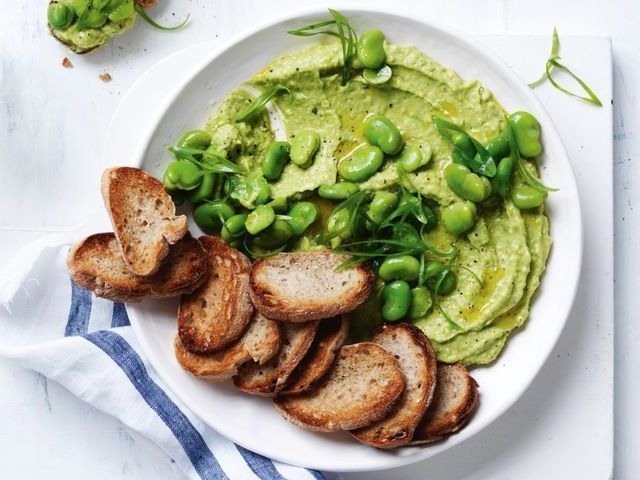Are Superfoods Really Super?
SuperFoods: What’s in a Name
Lately, you’ve probably been hearing a great deal regarding “superfoods”. A fast Google search of the term will certainly lead you to a variety of websites and also subjects. You can discover Dr. Perricone’s Superfoods from Oprah.com. You’ll be tempted by advertisements to get chlorella, blue algae described as “Nature’s Perfect Superfood”. You’ll discover details on superfoods from trusted and also not-so-reputable resources.
People such as WebMD and also the Facility for Scientific Research in the general public Interest (CSPI), which are respectable, are tapping into the superfoods craze. They provide details on “‘ Superfoods’ Everyone Demands” and “10 Superfoods for Better Health And Wellness!” On the not-so-reputable side are the numerous (as well as doubtful) remedies and also potions making impractical pledges. They use to provide the advantages of superfoods swiftly and also conveniently … without actually needing to eat food.
But what is this superfoods trend all about? As well as what can you remove from all of the superfoods buzzes?
From Superfoods to Superdiet
The suggestion of “superfoods” usually begins with passion in particular foods that only are discovered in a few particular societies or regions of the world. Soy foods are an instance of among the very first supposed “superfoods”. Standard soy foods, such as tofu, tempeh, and miso, initially were consumed in many eastern Asian countries, such as Japan as well as Korea. In these areas, soy has been consumed for countless years.
These areas and countries likewise occur to delight in a few of the lowest degrees of chronic illness worldwide. Prices of cardiovascular disease, cancer cells, diabetes mellitus, stroke, hypertension, and also a lot more are a fraction of what they remain in the USA as well as other western nations.
Soy foods are one noticeable nutritional difference between Asia and also numerous western nations. This led individuals to believe that soy foods were “special” or “incredibly” in their ability to avoid illness. This may look like a rational conclusion. Many Eastern societies take in soy foods. Several Eastern societies delight in really low disease prices. As a result, soy foods need to stop illness.

Conventional Asian soy foods can be part of a healthy diet regimen. It is true that these foods have a wealth of phytonutrients (plant nutrients) also. As well as clinical research study does support the disease-preventive buildings of entire soy foods.
However, it is not true that soy and soy alone are in charge of the remarkable health and wellness, and durability located in several Asian nations. There are many distinctions, nutritional as well as or else, in between Asian as well as western societies. To chalk up low disease rates to soy alone would be a mistake.
Asians tend to be thinner. They usually get even more exercise, more rest, and less fat in the diet than Americans. They may have better social as well as extended family networks and much less stress and anxiety in their lives. They eat less processed food as well as even more vegetables. They eat plants that are never or rarely eaten in western cultures, such as algae. Every one of these points (and also a lot more) likely add to the low disease prices seen in several parts of Asia.
Every one of these indicates something noticeable that we typically forget in our exhilaration over superfoods: nobody’s food is the answer to health. The reality is that many various other nutritional variables add to healthiness. The bottom line is that there really are no such things as superfoods. Instead, we need to be attempting to identify what composes a superdiet.
Placing the “Super” in Your Diet
The example of soy as a superfood is one of the lots. The foods that top the “superfoods” lists you may have seen likely have comparable stories. From acai (ah-sigh-ee) as well as goji berries to maca origin and also eco-friendly tea, every person has an instance of their preferred superfood. They can indicate the food, as well as the premium health, has taken pleasure in by the culture that eats it. This is provided as evidence that this food is “very” or absolutely unique.
However, if you dig a little much deeper, you’ll see that the whole diet regimen of these cultures is crucial to the positive health and wellness advantages observed. Olive oil, eaten as part of the Mediterranean diet plan, typically is promoted as a path to health. But beyond olive oil, you’ll discover fish, nuts, seeds, veggies, fruit, modest quantities of merlot, reduced body weights, less red meat, and other elements that are part of the good health photo.
Kindly read this article to get more important information.
